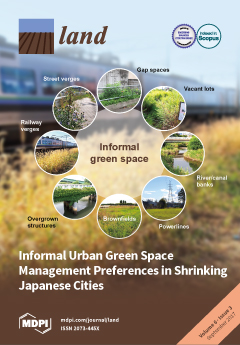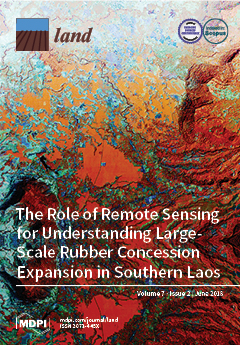Investigating Semi-Automated Cadastral Boundaries Extraction from Airborne Laser Scanned Data
Many developing countries have witnessed the urgent need of accelerating cadastral surveying processes. Previous studies found that large portions of cadastral boundaries coincide with visible physical objects, namely roads, fences, and building walls. This research explores the application of airborne laser scanning (ALS) techniques on cadastral surveys. A semi-automated workflow is developed to extract cadastral boundaries from an ALS point clouds. Firstly, a two-phased workflow was developed that focused on extracting digital representations of physical objects.






